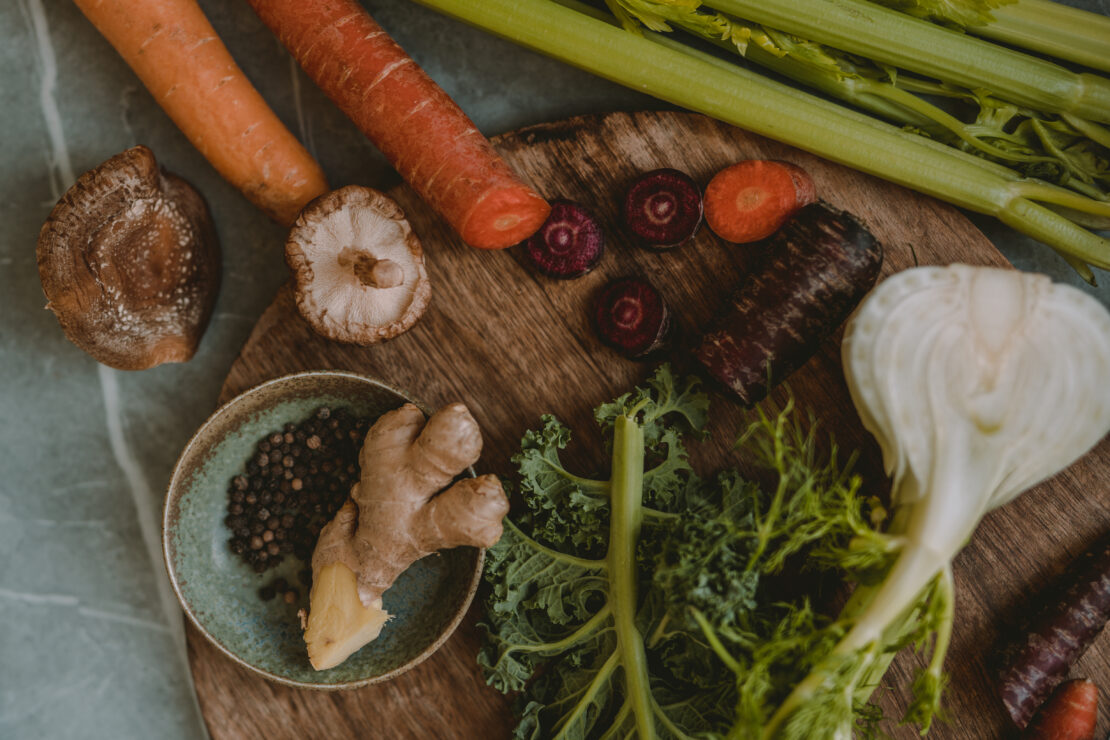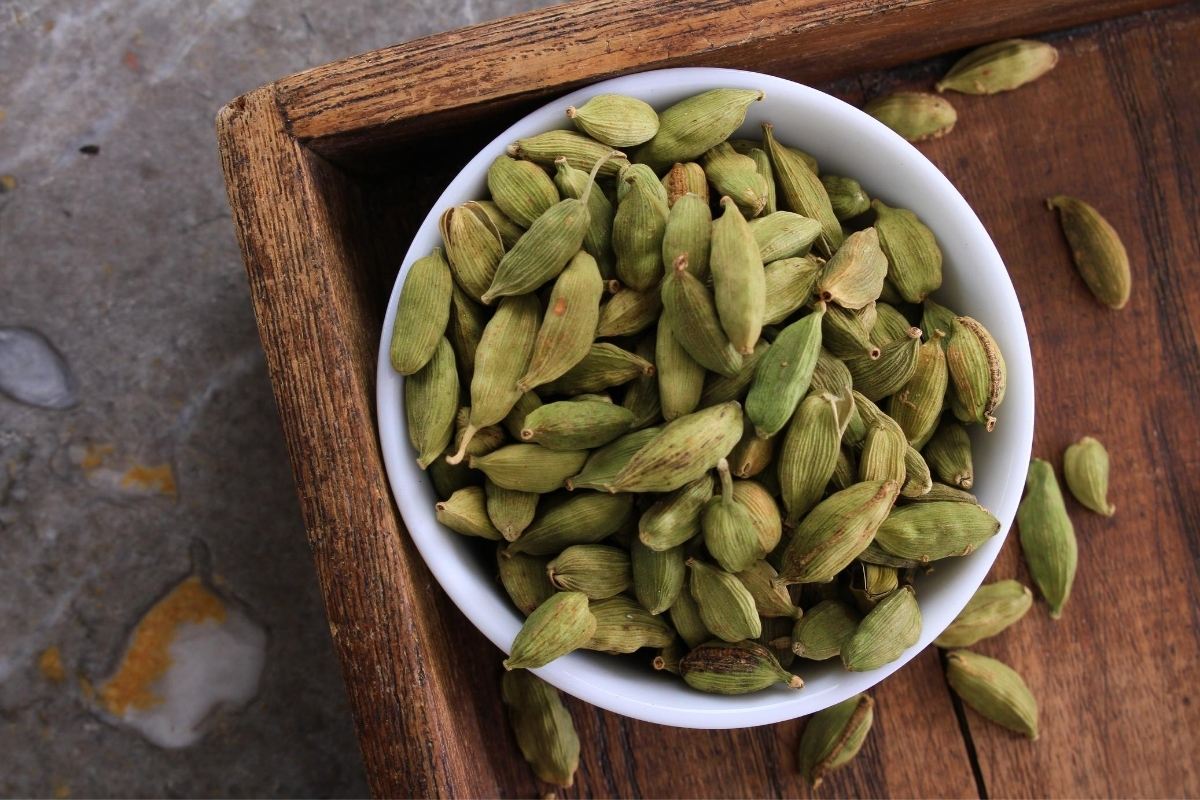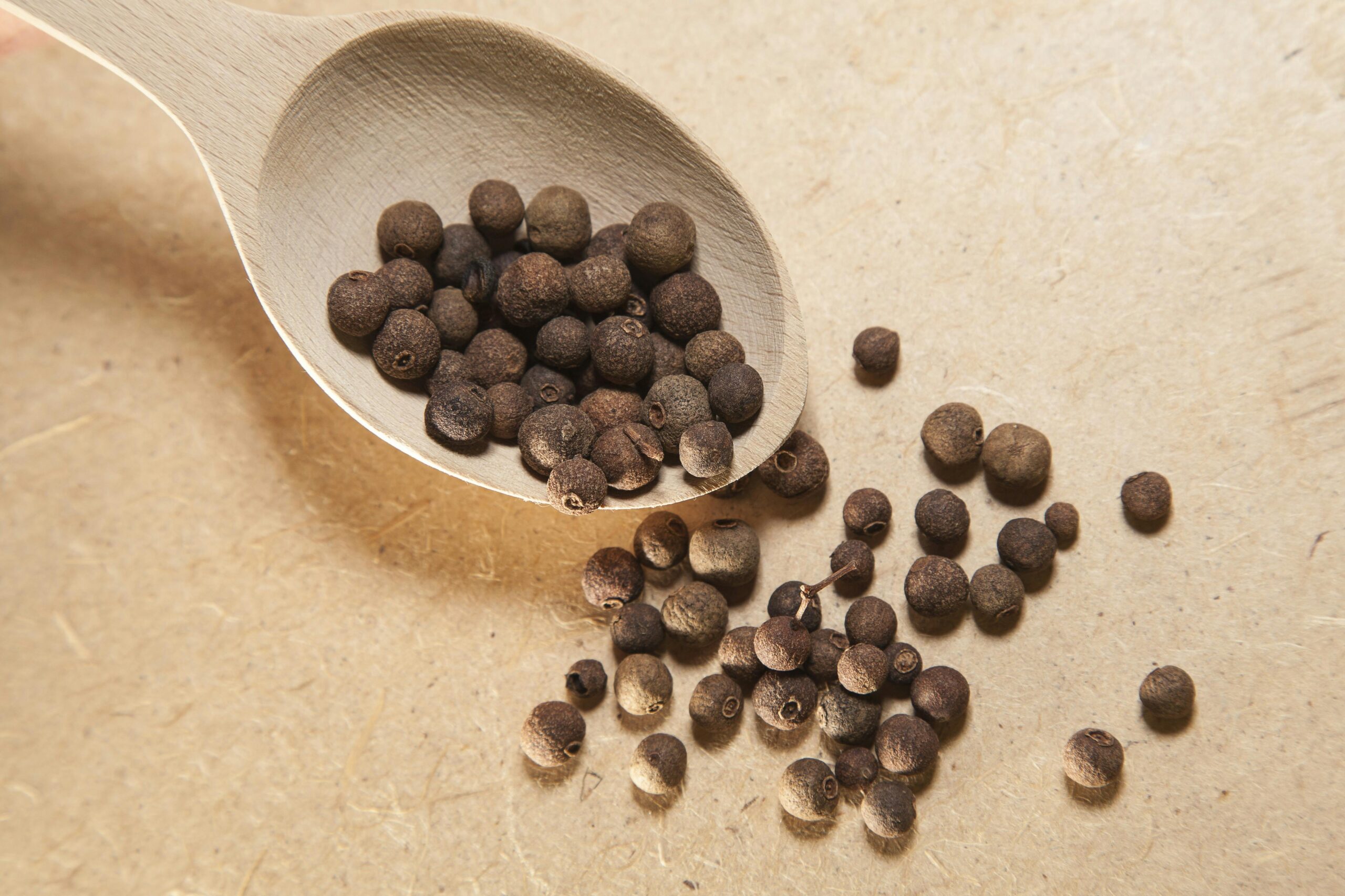
Elevate Your Holiday Feasts With These Flavorful Herbs
‘Tis the season for holiday feasts and gatherings aplenty as we come together to share in the warmth of community and the comfort of shared meals.
Herbs and spices are essential to our favorite seasonal recipes, lending not only flavor but also beneficial effects to the body, especially during times when we could certainly use some extra digestive and immune support!
The herbs discussed in this article assist digestion in a number of ways. Many of these herbs promote circulation in the digestive tract to build warmth and momentum and stimulate the release of digestive enzymes and bile, increasing absorption of nutrients. Due to their aromatic oil content, they act as carminatives to ease spasms and gas while soothing digestive discomforts. The bitter components contained in some of these herbs also promote digestion and nutrient absorption.
Furthermore, some of these herbs perform double or even triple duty by supporting the immune system due to their antimicrobial effects, and, as you will find out, others also assist the respiratory system by easing coughs and congestion. There are many reasons why these flavorful, beneficial herbs have become seasonal staples in our time-tested holiday recipes!
These 17 herbs are wonderful to incorporate into meals throughout the holiday season. We have grouped them below by the part of the plant used.

Leaves and Aerial Parts
Parsley (Petroselinum crispum), sage (Salvia officinalis), rosemary (Salvia rosmarinus), and thyme (Thymus vulgaris) are not only immortalized through lyrical fame; they are also cherished for adding savory, aromatic flavor to a number of holiday recipes. And, their list of benefits runs deep. Rosemary and sage have been shown to improve mood, memory, and cognitive function (Groves, 2016). However, perhaps more pertinent to holiday feasting, rosemary assists digestion by serving as a carminative, antispasmodic, and cholagogue, meaning that it stimulates the flow of bile, thus strengthening digestive power. Rosemary is indicated for gas and upset stomach, especially as it relates to worry and anxiety. Sage is useful in cases of excess gas, diarrhea, and general indigestion, and has traditionally been respected as an herb that promotes longevity and wisdom. Furthermore, like rosemary, sage is a cholagogue, and therefore helps in the digestion of fats and heavy foods—an added boon during holiday feasting!
As a digestive aid, parsley is used in a wide array of herbal traditions for easing gas, diarrhea, and constipation. Parsley’s applications reach beyond its function as a digestive tonic. It is a carminative, diuretic, expectorant, and emmenagogue and has an affinity for the stomach and liver meridians (Tierra, 1988). Thyme, another savory aromatic with beneficial bitter properties, also has an affinity for the liver and stomach meridians. In addition, it is indicated for respiratory ailments such as cough and sore throat, as well as weak digestion (Tierra, 1988).
Other appetizing aromatics to choose from, all of which make excellent additions to your favorite soups, stews, and savory dishes, are tarragon (Artemisia dracunculus), bay (Laurus nobilis), marjoram (Origanum majorana), and savory (Satureja spp.).

Roots and Barks
No holiday feast would be complete without the warming, spicy, slightly sweet flavors of cinnamon (Cinnamomum spp.) bark and ginger (Zingiber officinale) rhizome. Both of these beloved spices benefit circulation and support digestion by acting as carminatives and circulatory enhancers. Furthermore, cinnamon in particular helps for balancing blood sugar levels (a much-prized attribute if holiday indulgences get a wee bit excessive!). Ginger, on the other hand, is well-known for its ability to calm nausea and upset stomach. According to Ayurveda, dried, powdered ginger is heating, whereas the fresh rhizome is still warming, but less so. If you are looking to soothe a cough or cold, the fresh rhizome is best, and either option is useful for boosting agni (digestive fire), though since the powdered form is more heating and drying, those with a hot and/or dry constitution may want to favor the fresh rhizome.

Fruits, Buds, and Seeds
Cardamom (Elettaria cardamomum), black pepper (Piper nigrum), and clove (Syzygium aromaticum), along with cinnamon and ginger, are cornerstone ingredients in masala chai, that classic Indian tea blend well-known for its delicious taste and digestion-enhancing power. Cardamom has the special ability to boost digestion without overheating the digestive fire, thus making it a fitting herb for even fiery pitta types. Black pepper and clove, on the other hand, are both quite heating (which can be great for cold winter days and nights) and function as strong carminatives. Clove offers added benefits to the respiratory system in that it helps to dispel excessive mucus from both the lungs and stomach, and clove oil can be used as a topical analgesic to soothe toothaches (Dass, 2013). Black pepper is excellent for countering sluggish digestion and has antibacterial and antifungal properties (Dass, 2013).
Like cardamom, coriander (Coriandrum sativum) seed is quite nice in that it promotes digestion while at the same time not overheating; in fact, Ayurveda deems coriander to have a cooling energy, so a bit of ground coriander seed or even fresh cilantro leaves sprinkled on top of your favorite stew or curry can balance out any excessive heat.

Allspice (Pimenta dioica) berry is aptly named in that its flavor denotes a number of other spices; some say it tastes a bit like a combination of cinnamon, nutmeg, clove, and black pepper. It is also interesting in that it is used in both sweet and savory dishes (many Jamaican main dishes make use of allspice). In addition to being a spicy-sweet carminative, allspice is rich in antioxidants and is traditionally used to help regulate the menstrual cycle (Palanisamy, 2015).
No mug of eggnog would be complete without a bit of ground nutmeg (Myristica fragrans) seed sprinkled on top. In addition to supporting digestion by acting as a carminative, nutmeg also has sedative properties, and a bit of fresh nutmeg ground over warmed milk or golden milk is a gentle sleep tonic—great for calming down when holiday parties leave you buzzing with excitement!
Though juniper (Juniperus communis) berries may not be as common in our culinary creations as, say, ginger, cinnamon, or thyme, juniper is also indeed a carminative. Ayurveda considers juniper berry to be warming and to function as a diuretic, diaphoretic (promotes sweating and circulation), and analgesic (eases pain) (Frawley & Lad, 2001). Juniper berries also have anti-inflammatory properties, so they can be helpful for achy joints. Note that juniper is not for long-term use or in large quantities.
In Closing,
These herbs, many of which can be easily cultivated in your herb garden, offer benefits that are as wide-ranging as their culinary applications. Many of these herbs make delightful additions to holiday soups, stews, stuffings, and roasted veggies, while others give flavor to sweets, breads, and classic holiday beverages, such as spiced cider and eggnog.
How many of these herbs will you be using in your homemade holiday meals this season?
Find several holiday recipes that feature many of these herbs here on the Herbal Academy blog!
Here’s a preview:
- Juniper Berry Brine
- Pumpkin and Herbs Brownies
- DIY Apple Pie Seasoning
- Herb Stuffing with Sage and Thyme
Who’s hungry?

REFERENCES
Dass, V. (2013). Ayurvedic herbology East & West. Lotus Press.
Frawley, D., & Lad, V. (2001). The yoga of herbs, 2nd edition. Lotus Press.
Groves, M.N. (2016). Body into balance: An herbal guide to holistic self-care. Storey Publishing.
Palanisamy, A. (2015). The paleovedic diet. Skyhorse publishing. Tierra, M. (1988). Planetary herbology. Lotus Press.







